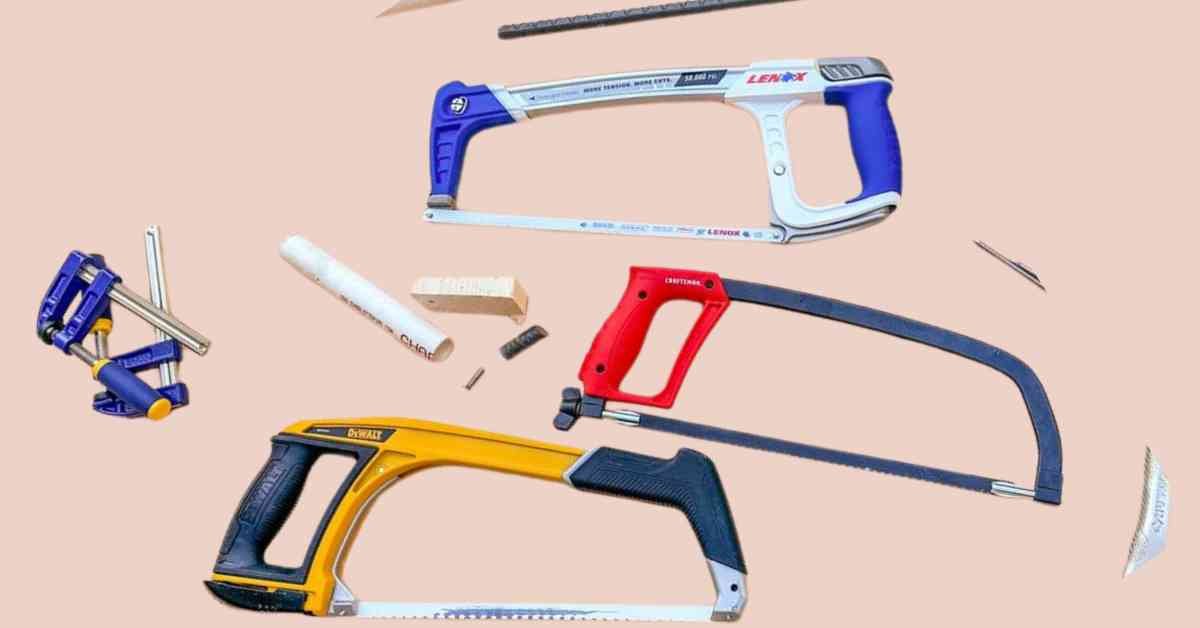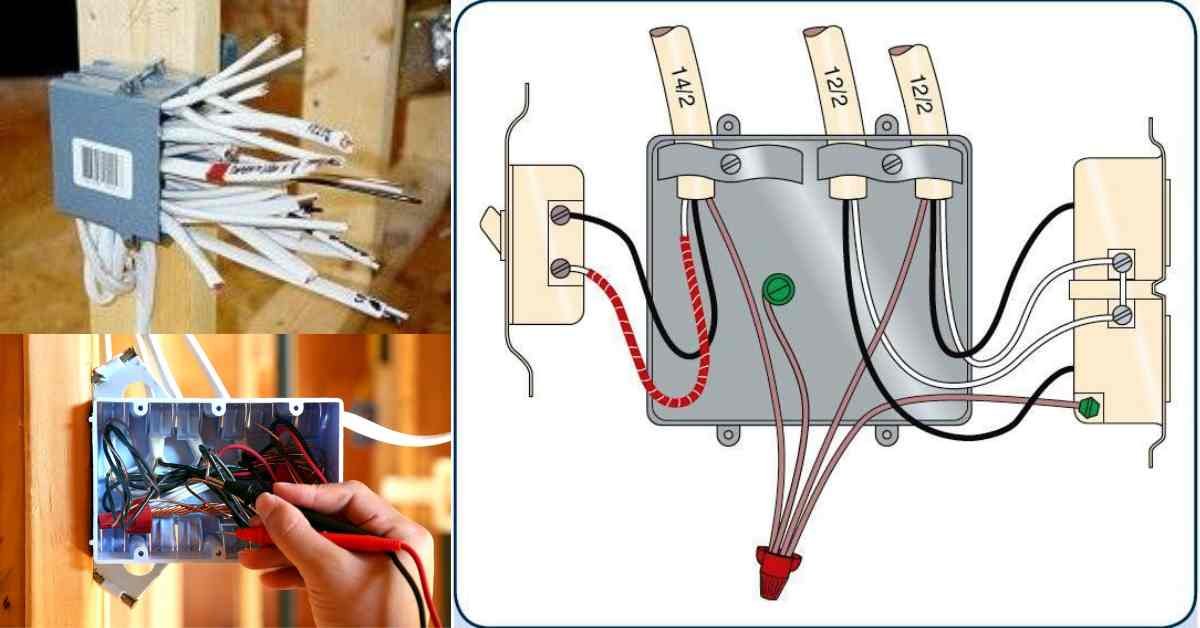Introduction
A Hack Saws is a versatile tool essential in various fields, from DIY projects to professional metalworking. Known for its ability to cut through different materials, primarily metals, a hack saw is a staple in many toolkits. This comprehensive guide will delve into the history, types, components, uses, maintenance, and safety tips associated with hack saws. Whether you’re a novice or an experienced craftsman, this article will provide valuable insights into maximizing the utility of your hack saw.
History of the Hack Saw
The hack saw has a rich history, dating back to ancient times when early forms of saws were used for cutting bones and wood. The modern hack saw, designed specifically for cutting metal, emerged during the Industrial Revolution. With advancements in metallurgy and tool design, the hack saw evolved into a more efficient and durable tool, capable of handling a variety of cutting tasks. Today, the hack saw remains a crucial tool in metalworking, plumbing, and many other trades.
Components of a Hack Saw
Understanding the components of a hack saw is fundamental to using it effectively. Here are the primary parts:
- Frame: The frame is the main body of the hack saw, typically made from steel or aluminum for durability and strength. It holds the blade under tension and provides stability during cutting.
- Handle: Attached to the frame, the handle is designed for ergonomic comfort, allowing for a firm grip and controlled cutting motion. Handles are often made from plastic or rubber-coated materials to reduce hand fatigue.
- Blade: The blade is the cutting element of the hack saw, made from high-carbon steel or bi-metal for resilience and longevity. Blades come in various tooth counts and sizes, each suited for different materials and cutting requirements.
- Tensioning Mechanism: This mechanism allows the user to adjust the tension of the blade, ensuring it remains taut and cuts efficiently. Proper tensioning is crucial to prevent blade breakage and achieve precise cuts.
Types of Hack Saws
Hack saws come in several types, each designed for specific tasks and materials. Here are the most common types:
- Standard Hack Saw: The most common type, featuring a rigid frame and a replaceable blade. It’s versatile and suitable for cutting various materials, including metal, plastic, and wood.
- Junior Hack Saw: A smaller version of the standard hack saw, ideal for intricate work and cutting in tight spaces. It’s commonly used in model-making and light-duty tasks.
- Adjustable Frame Hack Saw: This type allows for the frame length adjustment, accommodating different blade sizes. It’s useful for cutting larger materials and offers greater flexibility.
- Electric Hack Saw: Powered by electricity, this type reduces manual effort and increases cutting speed. It’s suitable for heavy-duty tasks and industrial applications.
Choosing the Right Hack Saw Blade
Selecting the appropriate blade is crucial for efficient cutting and achieving the desired finish. Here are factors to consider when choosing a hack saw blade:
- Tooth Count: Blades come in various tooth counts per inch (TPI). Higher TPI blades produce finer cuts and are suitable for thinner materials, while lower TPI blades are ideal for thicker materials and faster cutting.
- Material: Blades are made from different materials, including high-carbon steel, bi-metal, and carbide-tipped. High-carbon steel blades are economical but wear out quickly. Bi-metal blades offer a balance of durability and flexibility. Carbide-tipped blades are the most durable and can cut through hard materials like stainless steel.
- Length: Standard hack saw blades are typically 12 inches long, but shorter or longer blades may be required for specific tasks. Ensure the blade length matches the hack saw frame.
Uses of a Hack Saw
Hack saws are incredibly versatile and find applications in various fields. Here are some common uses:
- Metal Cutting: The primary use of a hack saw is cutting metal pipes, rods, and sheets. It’s indispensable in plumbing, metalworking, and construction.
- Plastic Cutting: Hack saws can also cut through plastic pipes and sheets, making them useful in plumbing and DIY projects involving plastic materials.
- Wood Cutting: Although not primarily designed for wood, hack saws can cut small wooden pieces, especially when precision is required in model making or crafting.
- Household Repairs: From cutting bolts and screws to trimming metal brackets, hack saws are handy for various household repair tasks.
- Automotive Repair: Hack saws are used in automotive repair for cutting exhaust pipes, brackets, and other metal components.
Maintenance and Care of Hack Saws
Proper maintenance of your hack saw ensures its longevity and performance. Here are some maintenance tips:
- Clean Regularly: After each use, clean the hack saw frame and blade to remove debris, metal shavings, or rust. Use a brush or compressed air for thorough cleaning.
- Lubricate: Apply a light oil to the blade and tensioning mechanism to prevent rust and ensure smooth operation. Avoid over-lubrication, as it can attract dust and dirt.
- Inspect for Damage: Regularly inspect the frame, handle, and blade for any signs of damage or wear. Replace worn-out blades and repair or replace damaged frames or handles.
- Store Properly: Store your hack saw in a dry place, away from moisture and corrosive materials. Use blade covers or protective cases to prevent accidental damage and injuries.
Safety Tips for Using a Hack Saw
Using a hack saw requires attention to safety to prevent accidents and injuries. Follow these safety tips:
- Wear Protective Gear: Always wear safety goggles to protect your eyes from flying debris and gloves to protect your hands from sharp edges.
- Secure the Workpiece: Ensure the material you’re cutting is securely clamped or held in place to prevent movement and ensure accurate cuts.
- Use Proper Technique: Apply steady, even pressure when cutting, and let the blade do the work. Avoid excessive force, which can cause the blade to break.
- Keep Fingers Clear: Keep your fingers away from the blade’s path to avoid accidental cuts. Use a vise or clamps to hold smaller pieces.
- Replace Dull Blades: Dull blades require more force and can slip, leading to accidents. Replace blades as soon as they show signs of wear.
Advanced Techniques and Tips
For those looking to master the use of a hack saw, here are some advanced techniques and tips:
- Blade Angling: Angling the blade slightly can help initiate the cut more easily, especially on harder materials. This technique reduces the risk of the blade slipping.
- Controlled Strokes: Use long, controlled strokes rather than short, rapid ones. This technique ensures smoother cuts and extends the blade’s life.
- Blade Selection for Specific Materials: For cutting hardened metals, consider using carbide-tipped blades. For softer metals and plastics, high-carbon steel or bi-metal blades are more efficient.
- Cooling the Blade: When cutting thick or hard materials, the blade can heat up quickly. Pause periodically to allow the blade to cool, or use cutting fluids to reduce friction and heat buildup.
- Dual-Purpose Frames: Some hack saw frames are designed to hold the blade at different angles, allowing for flush cutting and increased versatility. Explore these options for specialized tasks.

Conclusion
A hack saw is an invaluable tool that offers versatility and precision in cutting various materials. Understanding its history, components, types, and proper usage can significantly enhance your efficiency and safety in various tasks. Whether you’re a DIY enthusiast or a professional, the knowledge and tips provided in this comprehensive guide will help you make the most of your hack saw. Remember to maintain your tool regularly and follow safety guidelines to ensure a long-lasting and safe cutting experience.



